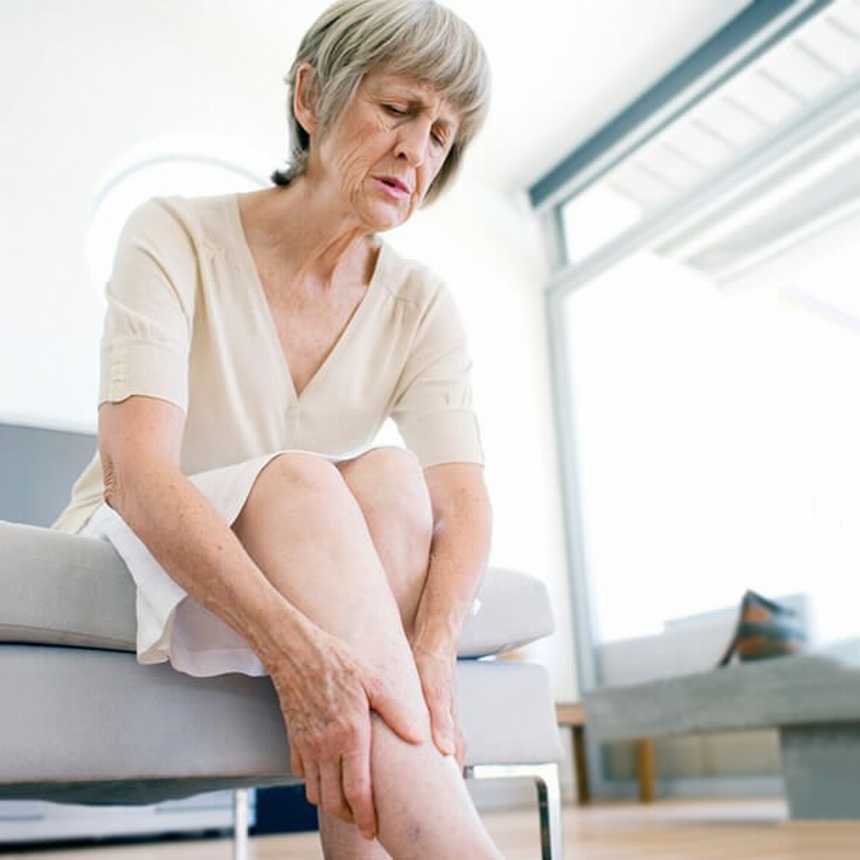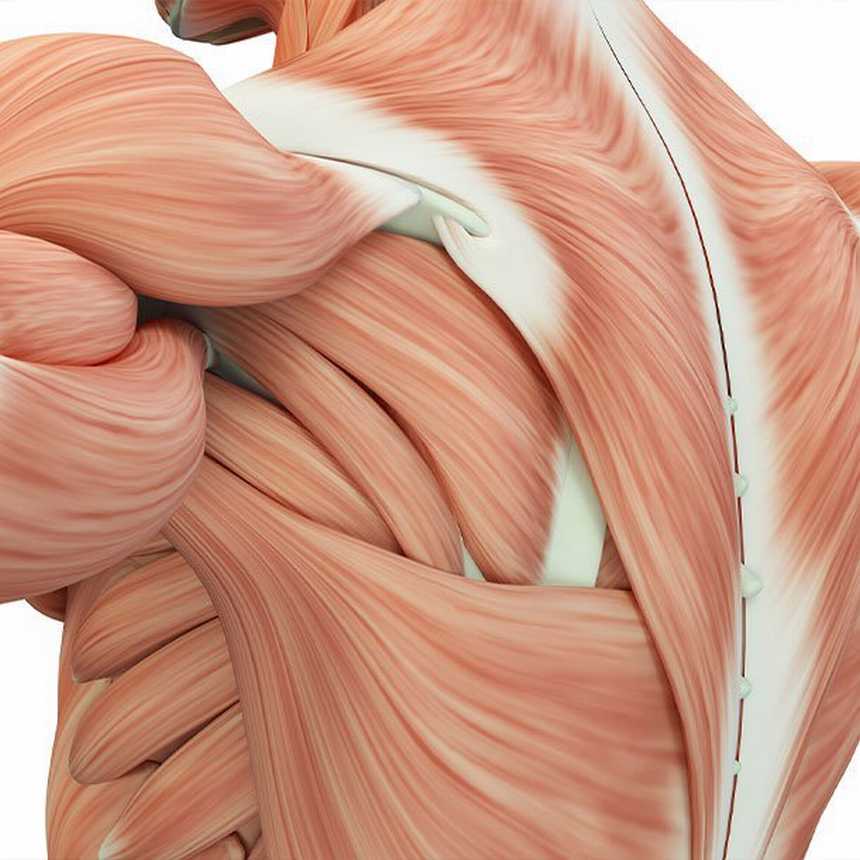Falls And Fractures In Seniors


Falls and Fractures In Seniors
With age may come wisdom and, all too frequently, a fall. Falls are
common causes of serious injuries. One out of every three people over
65 falls every year in the U.S.
And that fall may be the last. The Centers for Disease Control and Prevention estimates that there are 27,000 fall deaths in older adults each year.
What comes after a fall?
Falls are the most common cause of injuries among senior citizens and
the top reason for a hospital admission for trauma. Advanced age
substantially increases the likelihood of hospitalization after a
fall. Falls account for 87% of all fractures among people aged 65
years or older.
For seniors, fractures are the most serious consequence of falls
(short of death). The most common bones to fracture in falls are:
- The hip, femur (thigh bone), pelvis, and vertebrae (spine);
- The humerus (upper arm bone), forearm, and hand; and
- The leg and ankle bones.
Are some fractures more serious than others?
Hip fractures cause the greatest health problems and the greatest
number of deaths. Nearly a quarter million hip fractures occur each
year among people older than 50 years in the U.S.
How long are seniors hospitalized for a hip fracture?
Most patients with hip fractures are hospitalized for about 2 weeks.
However, about half of all seniors hospitalized for hip fracture
cannot return home or live independently after the fall.
How much do hip fractures cost?
In 2006, it was estimated that hip fractures accounted for more than
$9 billion in direct medical costs. Now they are surely no less
costly.
What medical factors increase the chance of a fall?
Medical factors that contribute to falls among seniors include:
- Visual impairment, such as from myopia or cataracts;
- Disorders of the nervous system, such as sciatica;
- Joint and muscle problems, such as occur with arthritis;
- Difficulties in gait and balance, such as in Parkinsons’s
disease; and - Medications which induce sleepiness.
Where do seniors fall?
For people aged 65 years or older, 60% of fatal falls occur in the
home, 30% in public places and 10% in health care institutions.
What environmental factors increase the chance of a fall?
Environmental hazards that play major contributing roles in falls
include:
- Slippery surfaces and uneven flooring;
- Poor lighting;
- Tripping obstacles such as loose rugs and pets;
- Unstable furniture; and
- Objects left lying on the floor or steps.
How can falls be prevented?
These precautions can help minimize the risk of falls:
- Physical activity to improve strength, mobility and flexibility
in seniors; - Limiting sleep-inducing medications whenever possible;
- Appropriate treatment of underlying medical conditions;
- Environmental modifications such as installing grab bars,
removing tripping obstacles, and maintaining sufficient
lighting; - And some common sense doesn’t hurt.


